In the world of agriculture, the choice of tools can heavily impact productivity and efficiency. Two commonly used implements, the hoe and the plough, have been utilized for centuries to cultivate the soil. Both tools have their unique advantages and disadvantages, and understanding them is crucial for farmers in optimizing land preparation and crop production. In this article, we will delve into the differences between the hoe and the plough, highlighting their pros and cons. Hoe: Traditional Efficiency The hoe, a simple yet versatile hand tool, has a long history of use in farming. Here, we outline some key advantages of utilizing a hoe: 1. Precision and Versatility: Hoes enable farmers to manually till specific areas, giving them precise control. Whether working in narrow spaces, between rows, or tackling weed infestations, a hoe excels in bringing accuracy to land preparation.
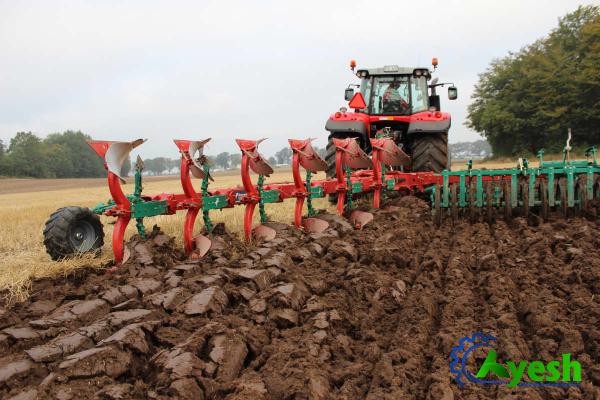
.
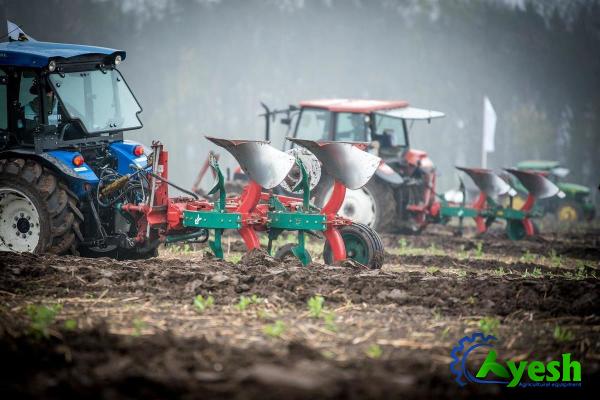 2. Cost-Effective and Lightweight: Hoes are relatively inexpensive compared to larger agricultural machinery such as tractors and ploughs. Moreover, their lightweight design makes them more accessible, ensuring lesser fatigue for operators. 3. Environmentally Friendly: Hoes have a minimal environmental impact, as they do not require fuel or emit pollutants. Consequently, they provide an eco-friendly alternative for sustainable farming practices. However, hoes also have a few drawbacks: 1. Labor-Intensive: While hoes offer precision, they can be physically demanding and time-consuming. Preparing a large area solely with a hoe may be impractical, especially for commercial farming operations.
2. Cost-Effective and Lightweight: Hoes are relatively inexpensive compared to larger agricultural machinery such as tractors and ploughs. Moreover, their lightweight design makes them more accessible, ensuring lesser fatigue for operators. 3. Environmentally Friendly: Hoes have a minimal environmental impact, as they do not require fuel or emit pollutants. Consequently, they provide an eco-friendly alternative for sustainable farming practices. However, hoes also have a few drawbacks: 1. Labor-Intensive: While hoes offer precision, they can be physically demanding and time-consuming. Preparing a large area solely with a hoe may be impractical, especially for commercial farming operations.
..
 2. Limited Depth: A hoe can only work shallowly in the soil, making it less suitable for deep tillage or breaking up compacted ground. Plough: Power and Efficiency The plough, a mechanized tool commonly towed by tractors, has revolutionized modern farming practices. Its benefits include: 1. Efficiency and Speed: Ploughs work at a larger-scale, allowing farmers to cover vast areas swiftly. The mechanization aspect significantly reduces the labor required and enhances productivity, making it ideal for large-scale farming operations. 2. Soil Drainage and aeration: Ploughing can improve soil structure by breaking up hard soil and improving drainage and aeration. This fosters a healthier environment for crop roots and leads to increased plant growth and yields. 3. Deep Tillage: Ploughs can penetrate deep into the soil, helping to uproot weeds and prepare the land for planting effectively. However, there are several factors that need to be considered when using a plough: 1. Cost and Maintenance: Ploughs can be expensive to purchase and maintain.
2. Limited Depth: A hoe can only work shallowly in the soil, making it less suitable for deep tillage or breaking up compacted ground. Plough: Power and Efficiency The plough, a mechanized tool commonly towed by tractors, has revolutionized modern farming practices. Its benefits include: 1. Efficiency and Speed: Ploughs work at a larger-scale, allowing farmers to cover vast areas swiftly. The mechanization aspect significantly reduces the labor required and enhances productivity, making it ideal for large-scale farming operations. 2. Soil Drainage and aeration: Ploughing can improve soil structure by breaking up hard soil and improving drainage and aeration. This fosters a healthier environment for crop roots and leads to increased plant growth and yields. 3. Deep Tillage: Ploughs can penetrate deep into the soil, helping to uproot weeds and prepare the land for planting effectively. However, there are several factors that need to be considered when using a plough: 1. Cost and Maintenance: Ploughs can be expensive to purchase and maintain.
…
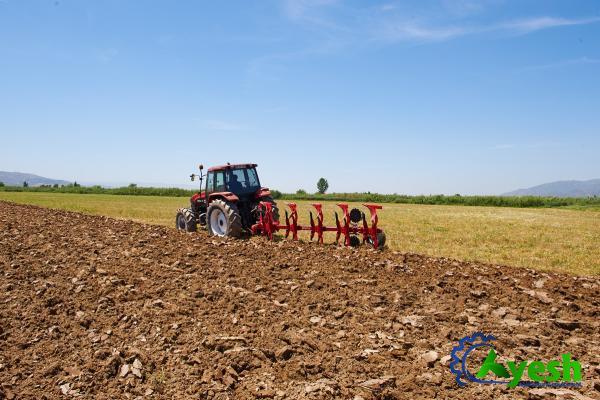 Their mechanical components require regular servicing and repairs, which can be costly. 2. Soil Degradation: Repeated ploughing can lead to soil compaction and erosion, which can negatively impact long-term soil health and crop yields. Employing sustainable practices, such as reduced tillage techniques, is necessary to mitigate these effects. Conclusion: In the debate of hoe vs. plough, it is important to consider the specific needs of the farming operation. Hoes offer precision and versatility while being cost-effective and environmentally friendly, making them suitable for small-scale farming or particular tasks. On the other hand, ploughs provide power, efficiency, and deeper tillage, making them advantageous for large-scale commercial operations. However, one must carefully consider the potential environmental impact and higher cost associated with ploughs. Ultimately, a balanced approach to land preparation, combining the advantages of both tools, may be the key to maximizing productivity while preserving the overall health of the soil.
Their mechanical components require regular servicing and repairs, which can be costly. 2. Soil Degradation: Repeated ploughing can lead to soil compaction and erosion, which can negatively impact long-term soil health and crop yields. Employing sustainable practices, such as reduced tillage techniques, is necessary to mitigate these effects. Conclusion: In the debate of hoe vs. plough, it is important to consider the specific needs of the farming operation. Hoes offer precision and versatility while being cost-effective and environmentally friendly, making them suitable for small-scale farming or particular tasks. On the other hand, ploughs provide power, efficiency, and deeper tillage, making them advantageous for large-scale commercial operations. However, one must carefully consider the potential environmental impact and higher cost associated with ploughs. Ultimately, a balanced approach to land preparation, combining the advantages of both tools, may be the key to maximizing productivity while preserving the overall health of the soil.
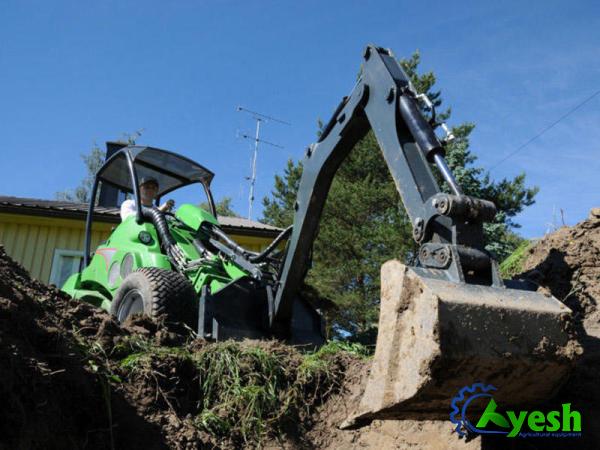
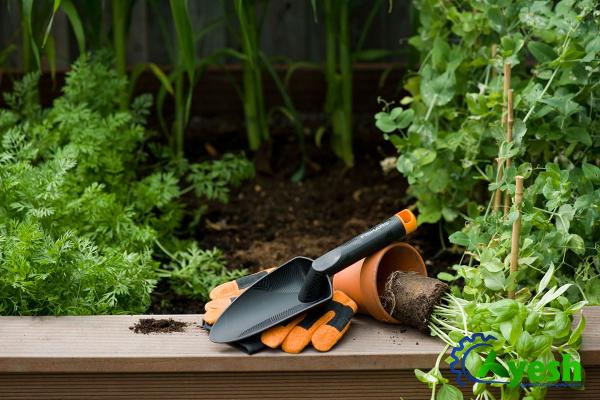
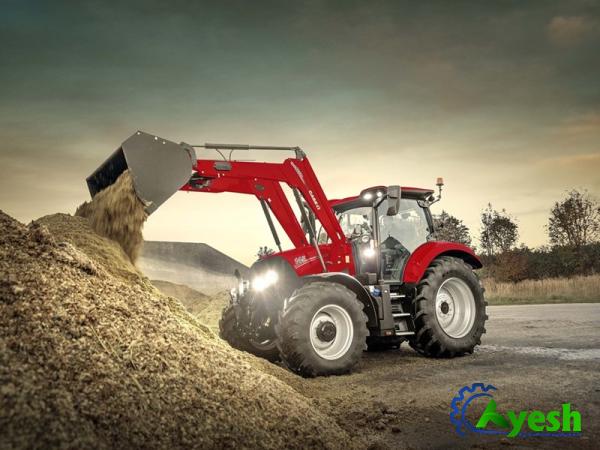

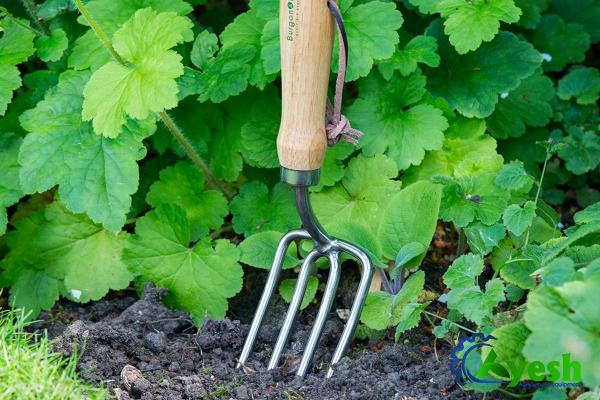

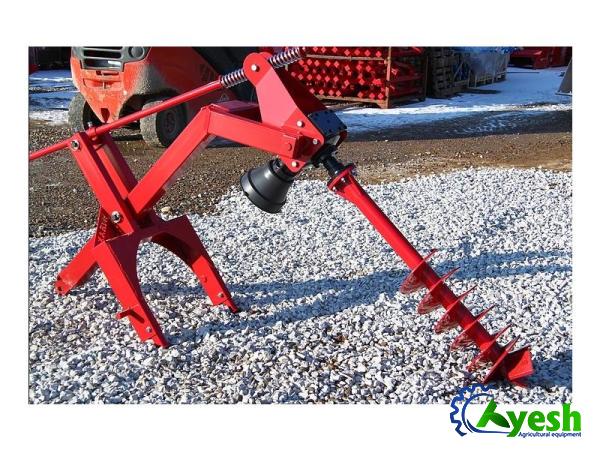



Your comment submitted.